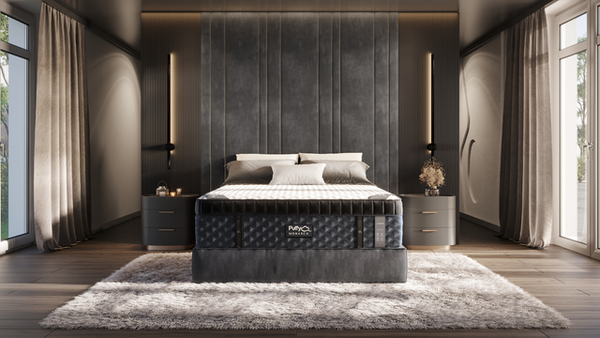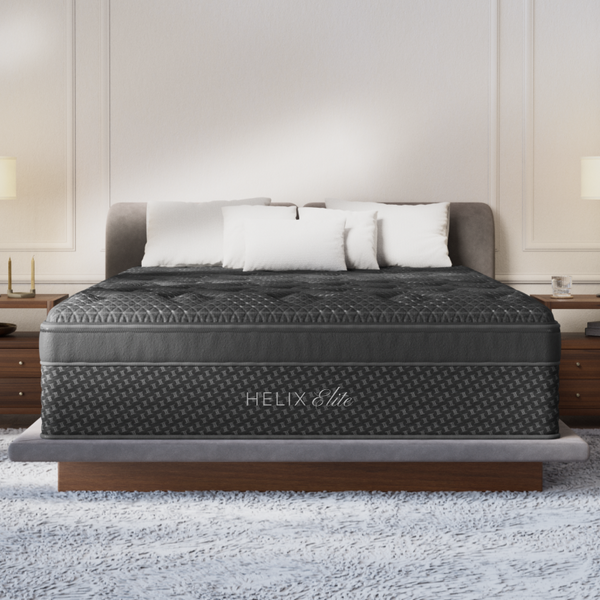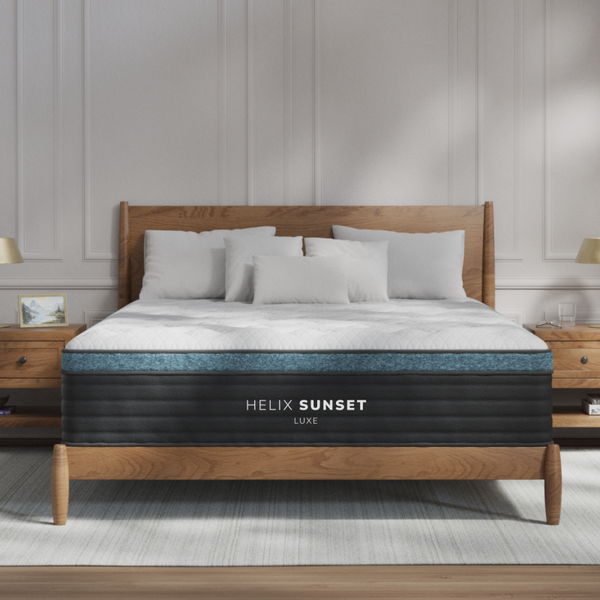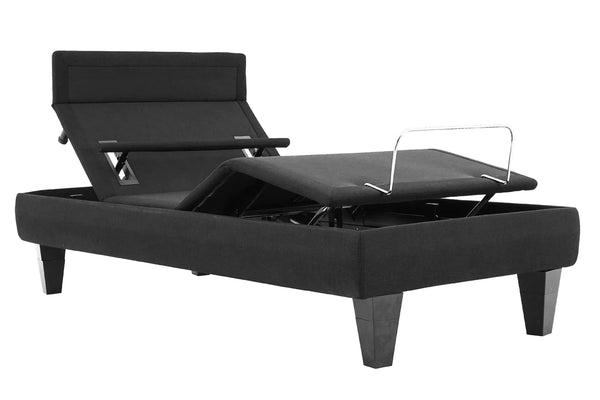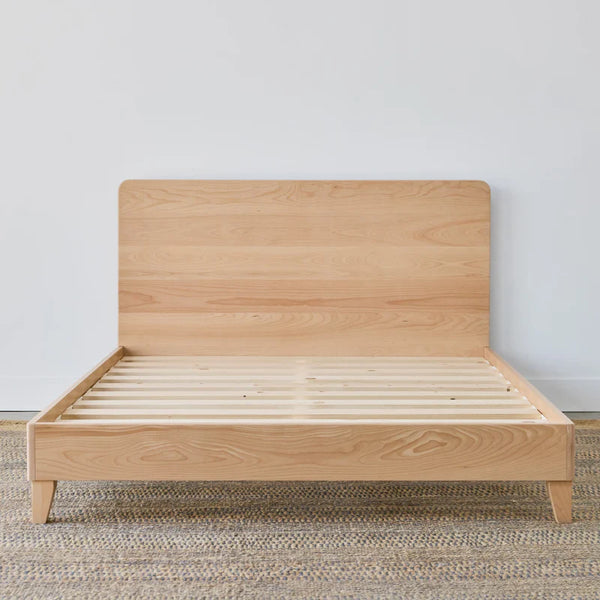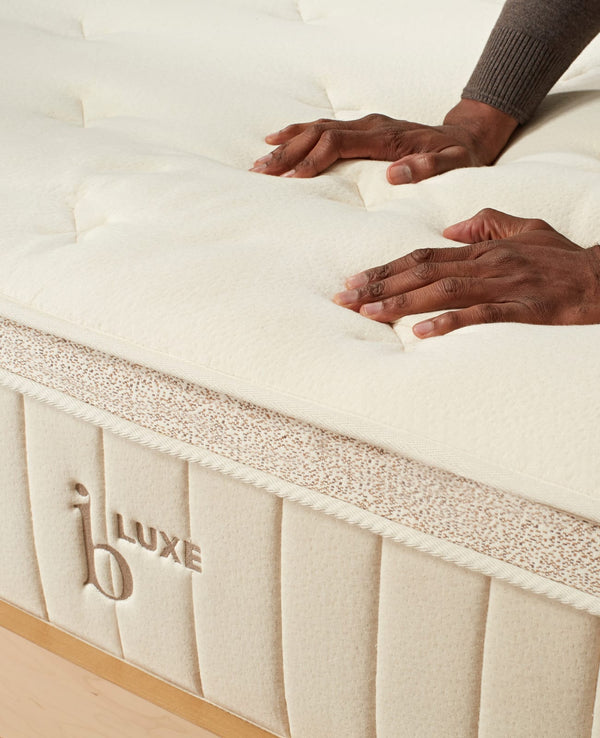
Frequently Asked Questions
1. Why is choosing the right mattress important for sleep quality?
2. What type of mattress should back sleepers consider?
3. What features are important for side sleepers when selecting a mattress?
4. What should stomach sleepers look for in a mattress?
5. How can sleep trials benefit mattress shopping?
Getting a good night’s sleep is essential for overall health and well-being. However, choosing the right mattress tailored to your sleeping style can be a daunting task. With so many options on the market, it's crucial to understand how your sleep preferences impact your decision. In this blog post, we'll provide insightful tips to help you choose the perfect mattress that caters to your unique sleeping style.
Understanding Your Sleeping Style
Your sleeping style plays a crucial role in determining which mattress will provide you with the best support and comfort. Generally, sleeping positions fall into three main categories:
1. Back Sleepers
Back sleepers benefit from a mattress that offers consistent support along the spine while preventing excessive sinking. Here are essential features to consider:
- Medium Firmness: Look for a medium-firm mattress to maintain spinal alignment and provide adequate support.
- Supportive Core: A mattress with a strong support core can help distribute your weight evenly.
- Minimal Sinkage: Ensure that the mattress doesn’t cradle your body too deeply, which can lead to discomfort and back pain.
2. Side Sleepers
Side sleepers require proper cushioning for their shoulders and hips to relieve pressure points. When choosing a mattress, consider the following:
- Soft to Medium Firmness: Opt for a mattress that is softer in feel to provide gentle cradling.
- Pressure Relief Materials: Look for mattresses made with memory foam or latex that contour to the body’s shape.
- Cooling Features: Choose a mattress that incorporates cooling properties to prevent heat retention, ensuring a comfortable sleep.
3. Stomach Sleepers
Stomach sleepers often need a firmer mattress to prevent the pelvis from sinking too deeply, which can lead to neck and back pain. Key considerations include:
- Firmness: A firmer mattress provides the necessary support to maintain proper alignment.
- Responsive Foam: Look for materials that offer a bit of bounce to help maintain your body’s natural position.
- Edge Support: Strong edge support keeps your body aligned and helps you get in and out of bed with ease.
Material Matters: Choosing the Right Mattress Construction
Once you've identified your sleeping style, the next step is to understand the various mattress materials available. Each material offers different benefits and can influence your sleep quality.
Memory Foam
Memory foam mattresses are known for their ability to contour to your body, providing excellent pressure relief. They are ideal for side sleepers who need ample cushioning. However, they may retain heat, so look for models with cooling gel or open-cell technology to enhance airflow.
Latex
Latex mattresses are another popular option known for their durability and responsiveness. They provide a balance of support and comfort, making them suitable for a variety of sleeping styles. Additionally, latex is less likely to trap heat, keeping you cool throughout the night.
Innerspring
Innerspring mattresses feature a network of coils that provide strong support and breathability. They are great for stomach and back sleepers who prefer a firmer feel. Look for models with a foam layer on top for added comfort.
Hybrid
Hybrid mattresses combine features from multiple types, often mixing innerspring coils with layers of foam or latex. This combination offers the best of both worlds, making hybrids suitable for all sleeping positions. If you want tailored comfort and support, a hybrid might be the perfect choice.
Testing for Comfort: The Importance of a Sleep Trial
When shopping for a mattress, it’s vital to test it out in real-life conditions. Many manufacturers offer sleep trials, allowing you to try the mattress at home for an extended period. Here are some tips for testing:
- Spend Enough Time: Spend at least 15-30 minutes lying in your preferred sleeping position to gauge comfort and support.
- Test with your Partner: If you share your bed, ensure both of you are comfortable and supported. Different sleeping styles can influence your choice.
- Check Return Policies: Familiarize yourself with the return and exchange policies so that you aren’t stuck with an unsuitable mattress.
Factors Beyond Sleeping Style: Additional Considerations
While your sleeping style is crucial, there are additional factors to account for when selecting a mattress:
Budget
Establish a budget before you start shopping. Mattresses are available at various price points, so ensure that you find one that meets both your comfort and financial needs. Remember that investing in a quality mattress can lead to improved sleep and health benefits.
Durability and Warranty
When choosing a mattress, consider its lifespan and warranty. A good quality mattress should last between 7-10 years. Make sure you review the warranty to protect your investment against defects and sagging.
Health Considerations
If you have specific health issues, such as back pain or allergies, consider a mattress that addresses these challenges. For example, a mattress with firm support can help alleviate back pain, while hypoallergenic materials can benefit allergy sufferers.
Your Perfect Sleep Awaits
Finding the perfect mattress for your sleeping style does not have to be overwhelming. By understanding your unique needs, preferences, and the various options available, you can make an informed decision that will transform your sleep experience. Remember to take advantage of sleep trials, test out different materials and firmness levels, and prioritize comfort and support suitable for your body. With these tips, you’re well on your way to achieving restful nights and rejuvenated days. Start your journey to better sleep today!

